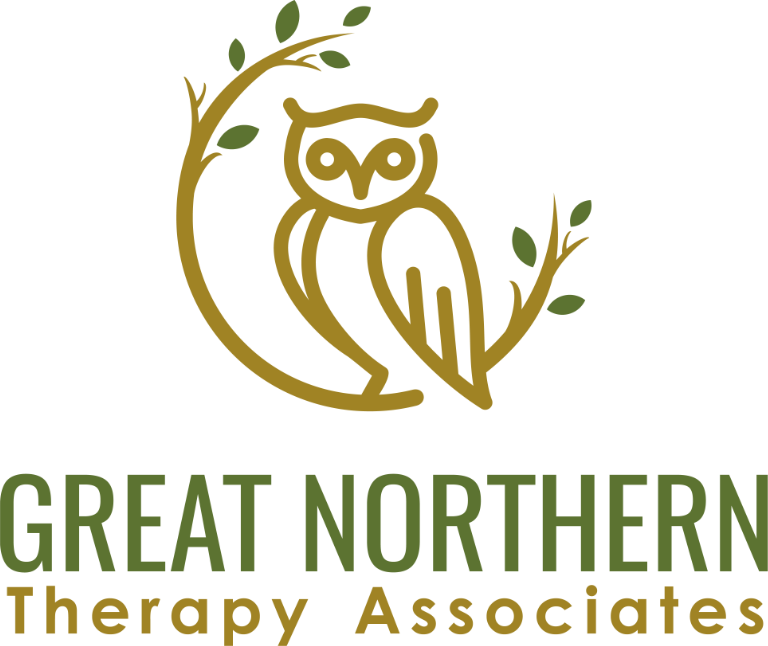Chronic pain is different from acute pain and can be much more challenging to manage. Whereas acute pain comes and goes, chronic pain lasts longer and is often unrelenting. In fact, it’s estimated that chronic pain affects around 20% of the general population at some point in their lives.
Why is Managing Chronic Pain So Difficult?
In general, pain is your body’s signal that something is wrong. When you injure your knee, for example, it’s a signal from your knee telling you to take action. The most common reasons for chronic pain are:
- arthritis
- back conditions
- fibromyalgia
- headaches
- migraines
- scoliosis
- post-surgical complications
When pain becomes chronic, it means that the source of the pain is no longer an injury from which the body is healing. Rather, the pain becomes consistent, which interferes with daily life.
How Does Medication Help Manage Chronic Pain?
Chronic pain is generally caused by inflammation in the body. Medications work by blocking those receptors that cause inflammation so the body can get back to normal and the inflammation can subside.
Chronic pain is often treated using drugs that are categorized as analgesics, or pain relievers. A lot of these drugs rely on opiates and opioids to reduce the pain. However, many people don’t like how meds make them feel
Strategies to Manage Chronic Pain Without Medication
There are several ways to manage chronic pain without turning to medication. The first step is to get an accurate diagnosis from a medical professional, as this can provide insight into what might be causing the pain.
Then, try out a few different pain management techniques to see what works for you. Some of the most common forms of pain management are below.
Exercising, Especially Yoga
Exercises are particularly helpful if you have a back injury. If you are experiencing chronic pain in your back, regular exercise can strengthen the muscles around the area and improve overall posture.
Depending on the severity of your pain, your doctor may recommend certain exercises to help reduce your pain and improve your quality of life.
A Healthy Diet
As cliché as it sounds, what you eat can have a significant impact on how your body feels in general. If you eat healthily, you’re less likely to experience chronic pain than if you choose to only eat foods that are high in sugar. Therefore, nutrition plays a major role in reducing chronic pain.
If you eat foods that soothe the nerves, such as fatty fish, eggs, pumpkin seeds, and yogurt, you will experience less tension and pain.
Good Sleep Habits
Sleeping is a form of therapy. When you are at rest, your brain is actively recharging and clearing out the toxins from the day that are stored in your body. You’re also given a rest from worry, which allows you to increase your focus and remain calm throughout the day.
Meditation
Meditation is actually a very helpful tool for managing pain. Breathing deeply and experiencing quiet time is good for you both physically and mentally.
Visualization
Meditation, visualization involves letting go of all your worries and breathing in positive thoughts.
Prevention Tips for Managing Chronic Back Pain
Exercising regularly can help improve your posture, reduce stress, and strengthen muscles – all which prevent pain from occurring in the back. Also, being overweight or obese can put added strain on the back, making it more likely for you to experience discomfort.
Conclusion
Chronic pain can be very difficult to deal with, both emotionally and physically. Maintaining a healthy weight, getting a good night’s sleep, and following a daily schedule of activities will give you the ability to overcome pain without relying on medications.
Great Northern Helps Injured Workers Recover
Great Northern Therapy Associates has many therapists throughout several states who can meet via remotely (and in person, if preferred), to work with injured workers and develop an individualized plan to help them adjust and successfully return to work.
We have partnered with and provided mental health support to workers at some of the largest companies in the world. But, at our core, we are still “people taking care of people,” one person at a time. Contact us today by filling out a form (below), submitting a referral, or calling us at the number below.

